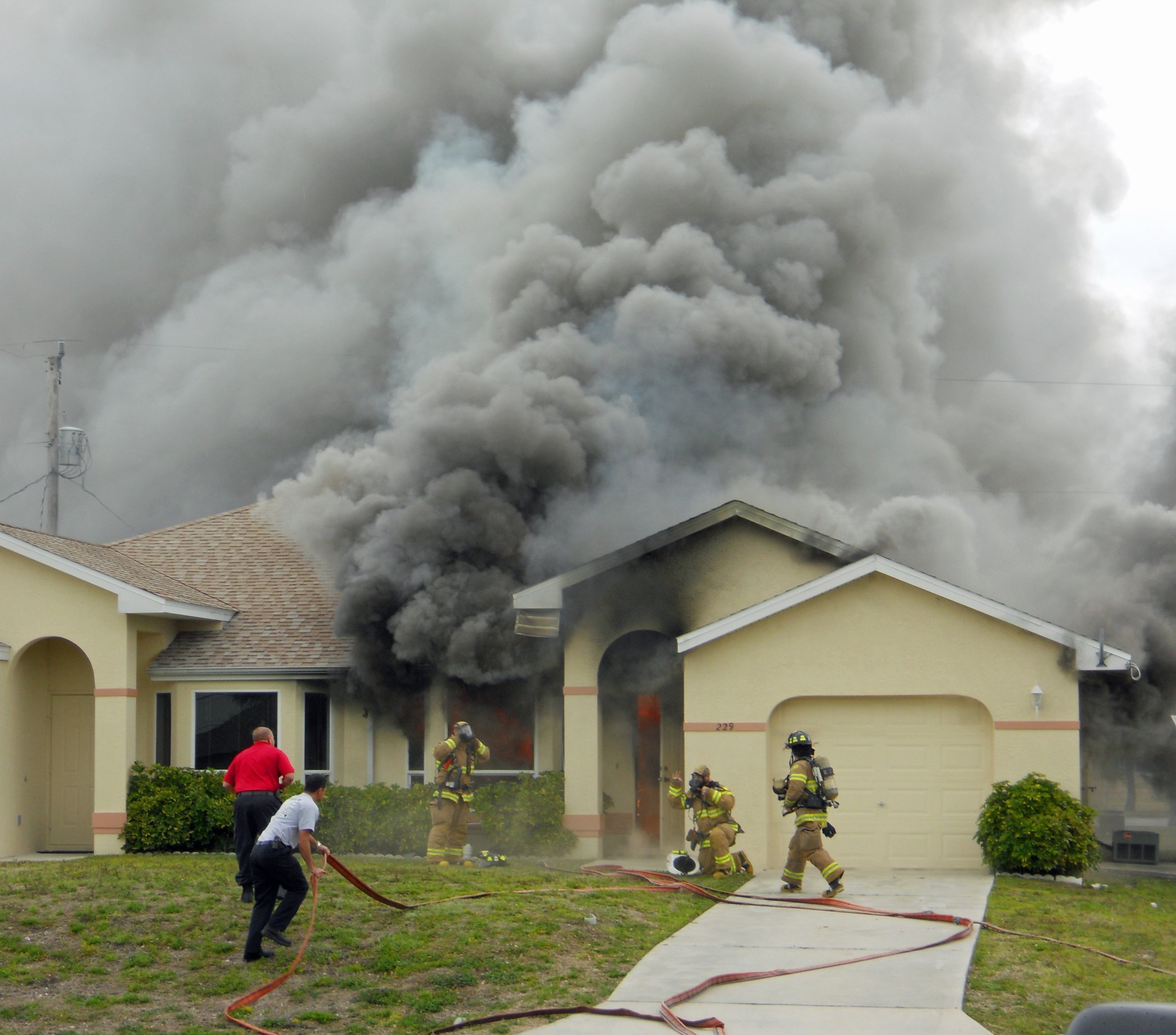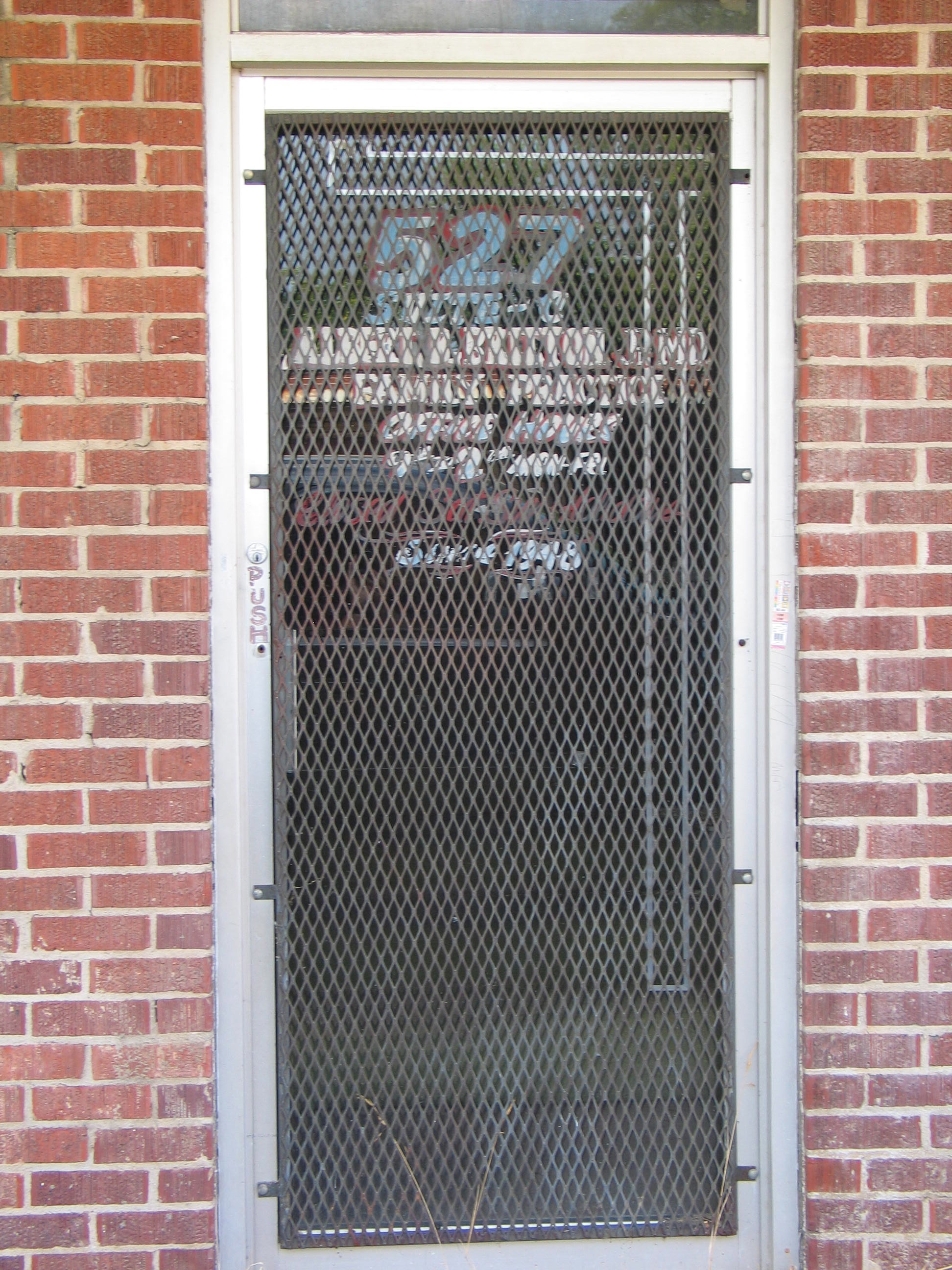Are we calling the MAYDAY correctly?
Most firefighters have been trained to use a MAYDAY procedure of some type. Most of these procedures involve knowing the steps necessary to transmit a message via radio. Calling the MAYDAY has been related to a fighter pilot’s parameters for ejecting from his aircraft. Firefighters are put into positions that are inherently dangerous. We train to perform under these conditions and we must also train for when things go wrong. We have seen many different acronyms and MAYDAY procedures throughout the years but most still rely on a set list of information you are supposed to report when you need help. In general we rely on the firefighter with the emergency to report this message and to give us the information we need. The question is should we put the responsibility of providing all of the information on the firefighter with the emergency? Let’s evaluate our process first and then address the question.
When do we call a MAYDAY?
Firefighters must know when to call a MAYDAY before they can learn the procedures that follow. Most of our training focuses on how to call the MAYDAY rather than when to call the MAYDAY. It has been proven time and time again that firefighters are not calling MAYDAYs early enough. We must engrain into firefighters when it is absolutely essential to make the call. Certain parameters have been noted such as:
FALLS
Anytime you experience a fall you should initiate a MAYDAY.
COLLAPSE
Anytime you experience a collapse you should initiate a MAYDAY.
ALARM
Any situation which leads to you activating your PASS, whether it is distress or low air, you should initiate a MAYDAY. (Call via radio prior to activating PASS)
CAUGHT
Anytime you are entangled you should initiate a MAYDAY.
LOST
Anytime you are disoriented, separated or lost you should initiate a MAYDAY.
TRAPPED
Anytime you become trapped you should initiate a MAYDAY.
The common discussion that arises from the above is that we often experience very minor falls, collapses (sheet rock), etc. Should we initiate a MAYDAY every time that happens? This is why many departments have implemented a 30 second rule. If you can correct your problem within 30 seconds then you do not have to call the MAYDAY. This is a legitimate guideline for most departments.
How the traditional MAYDAY procedure is performed.
One of the most common methods of calling for a MAYDAY is the acronym L.U.N.A.R. This acronym follows the format below:
L - Location
The firefighter needs to give his or her location.
U - Unit Number
The firefighter should identify him or herself by their radio designation or company.
N - Name
The firefighter should include his or her name in their radio transmission.
A - Assignment / Air
Depending on the department you will see the “A” listed as your assignment, your remaining air or both.
R - Resources Needed.
The firefighter will request what he or she needs.
What is an alternative method?
The most important thing a firefighter can do when faced with this situation is to call for help. If a firefighter does not initiate a MAYDAY he or she will not receive any help. I first heard an alternative method from Chief John Salka. His theory is fairly accurate. Shouldn’t the firefighter just tell us Who, What and Where? If the firefighter gives us that information then the officer outside the structure, who is in a much less stressful position, can ask the appropriate questions to get more information.
Conclusion
We need to ensure that we not only train firefighters on MAYDAY parameters and procedures but that we also have a plan put in place to help a firefighter should this situation arise. It really doesn’t matter how good you are at calling MAYDAYs if your department doesn’t have a plan in place to help you. This requires you to train, discuss, communicate and address the issues you might have with calling the MAYDAY.















